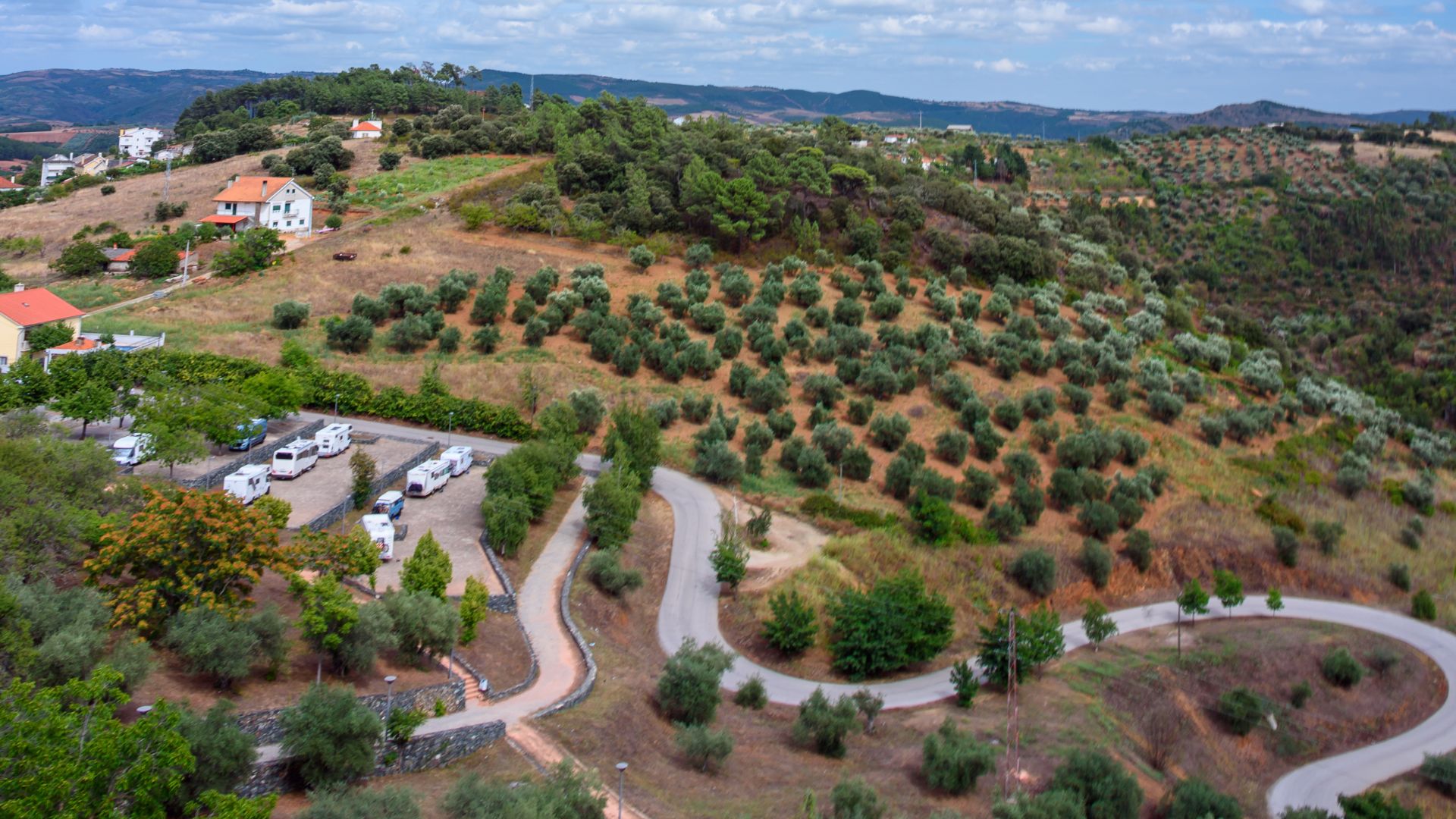Hiking in Montesinho Natural Park let me unplug from the chaos of city life and stumble into a Portugal that still feels wild and rooted in old traditions. Deep in Trás-os-Montes, I wandered through ancient granite hills, quiet forests, and tiny villages like Montesinho and Rio de Onor. Time just slows down here, and locals keep their customs alive. Each walk felt like stepping into a different era—sometimes I’d spot animal tracks on a hushed path, sometimes I’d end up sharing a rustic meal in a stone cottage.
I followed trails with names like “wolf trail.” Folks say real wolves still roam these hills, and honestly, it’s not hard to believe. At night, the sky turned magical—stars everywhere, the Milky Way blazing since city lights are a distant memory. If you’re craving a real escape and want to experience one of Portugal’s last wild corners, Montesinho’s villages, nature, and those star-filled nights will probably stick with you.
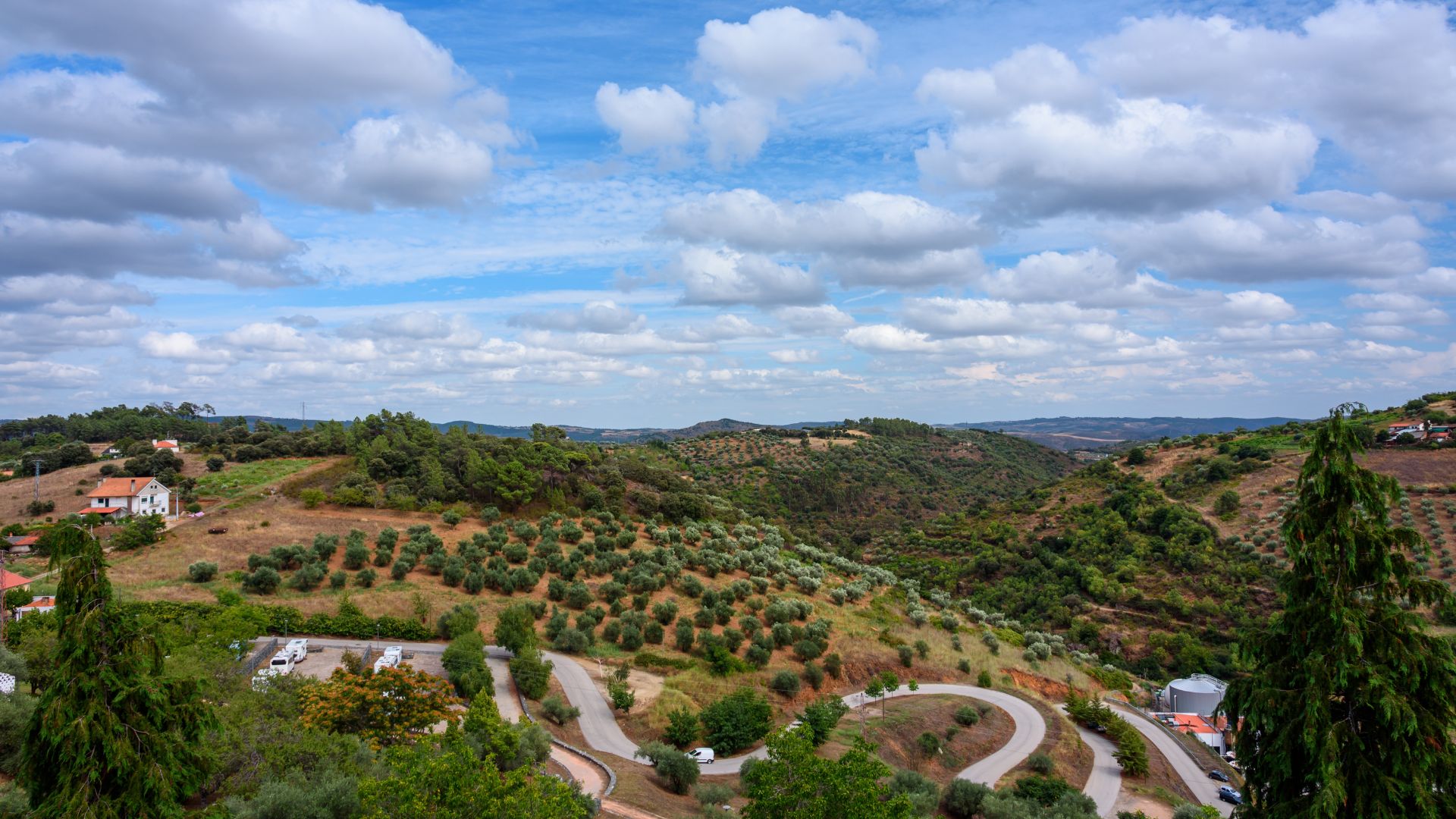
Getting to Know Montesinho Natural Park and Trás-os-Montes
Tucked in the upper north of Portugal near Bragança, Montesinho Natural Park feels like a world away from city noise. Rolling mountains, rare animals, and traditional villages invite you to step back in time and breathe in some real nature.
Overview of Montesinho Natural Park
Montesinho Natural Park (Parque Natural de Montesinho) grabbed my attention the moment I arrived. It covers over 75,000 hectares, making it one of Portugal’s largest protected areas. The park stretches almost to Spain, which gives it this wild, remote vibe.
Granite hills, winding rivers, and thick forests spread out in every direction. Most travelers miss this hidden spot when passing through Trás-os-Montes, but those who make the trip get rewarded. Trails lead through valleys and up rocky ridges, offering fresh air and wide-open views. I kept seeing signs of wildlife—wolves, foxes, you name it.

The Geography and Biodiversity of Trás-os-Montes
Montesinho sits right in the heart of Trás-os-Montes, a region famous for its changing landscapes. Rugged mountains, wild plateaus, and deep valleys covered in oaks and chestnuts fill the area.
The weather can flip quickly. Summer brings dry heat, but winter mornings sometimes sparkle with frost. All these habitats attract loads of wildlife. I spotted birds of prey overhead and found deer tracks near quiet streams. The park’s protected status lets Iberian wolves and wild boars roam free, making every hike feel a bit like an adventure.
Traditional Villages: Heritage and Culture
The villages pulled me in more than anything. Places like Montesinho, Moimenta, Aveleda, Gimonde, França, and Vivalinho still hold onto their old way of life. Stone houses, gardens, winding lanes, and locals chatting at tiny cafés give each place its own personality.
In Moimenta, I sampled smoked meats the area is proud of. Montesinho’s villagers shared stories about communal traditions that have survived for centuries. Festivals, crafts, and shared ovens all shape daily life here. Every stop felt welcoming, and sleeping in a family-run guesthouse made everything more personal.
| Village | Notable Feature |
|---|---|
| Montesinho | High altitude, rural charm |
| Aveleda | Wine and honey |
| Moimenta | Smoked meats, community |
| Gimonde | Historic mills and bridges |
| França | Tranquil setting |
| Vivalinho | Traditional architecture |
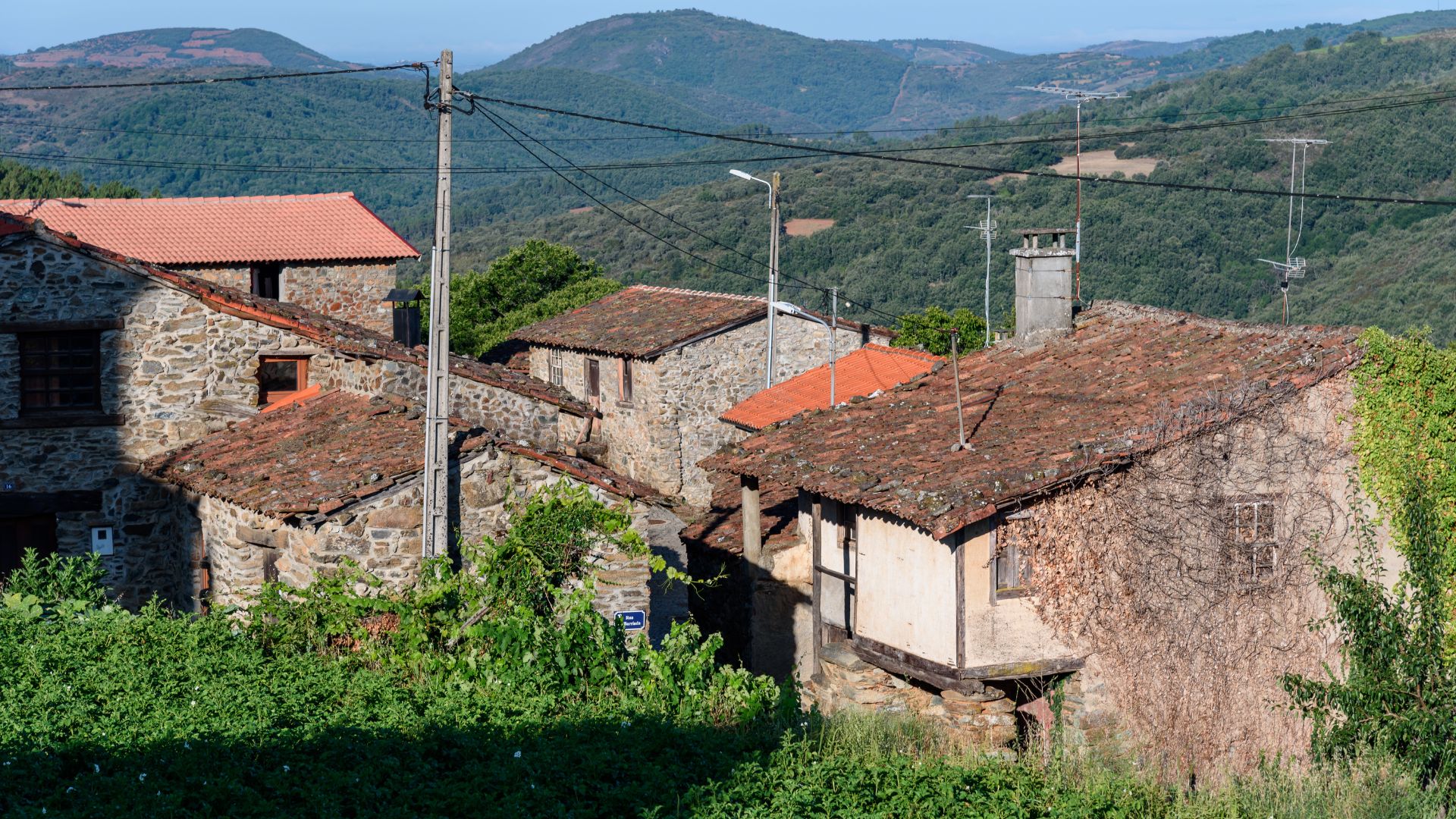
Hiking Trails: My Wild Adventure through Montesinho
Montesinho Natural Park handed me an adventure full of rugged hiking trails, remote villages, and the quiet thrill of maybe seeing a wolf. The mix of deep valleys, the Serra de Montesinho, and all that wildlife gave me a real taste of northern Portugal’s wild side.
Top Hiking Trails and Scenic Routes
Every trail in Montesinho felt different. Some of my favorite walks started near the village of Montesinho, perched at about 1,030 meters. The air’s sharp up there, and you get these sweeping views of terra fria—Portugal’s “cold lands”—with old oak and chestnut forests everywhere.
I loved the circular routes looping through Montesinho and Rio de Onor. These paths climb ridges and cross stone bridges over clear streams. The trail between Aveleda and Guadramil stood out, winding through wildflower meadows and opening onto deep valleys.
If you want something easy, there are short, marked loops around the main villages. For more challenge, I tried longer routes that cut across granite hills. The trails are well-marked, and honestly, I barely saw anyone else out there.
| Trail Name | Distance | Features |
|---|---|---|
| Montesinho Loop | 7 km | Forests, ridges, vistas |
| Rio de Onor Circular | 9 km | Rivers, villages |
| Aveleda-Guadramil | 8 km | Meadows, valleys |

Wolf Trails: The Elusive Footsteps
Hiking here, I kept thinking about the Iberian wolf. Montesinho is one of the last places in Portugal where these shy predators still survive. I didn’t expect to see one, but I did spot tracks in the mud, heard distant howls at dusk, and found old bones along the trails.
Locals shared stories about living with wolves. Sometimes I’d stop and check paw prints by a stream, wondering if a wolf had just passed. The wolf’s territory covers deep valleys and thick forests in the Serra de Montesinho—a dream for anyone who loves nature and solitude.
I stuck to main trails and kept quiet, hoping to respect the wolves’ space. It added a little suspense to every hike.
Essential Hiking Tips and Safety
Hiking in Montesinho means getting ready for wild, remote terrain. I wore sturdy boots—lots of rocky ground and muddy patches, especially in the valleys. Weather can turn fast, so I always packed a rain jacket and lots of water.
Trail markers are decent, but cell service drops out in many spots. I downloaded trail maps before leaving. In dense forests or near wolf habitats, I stayed with a small group and avoided hiking after dark.
Villages along the way felt welcoming, and locals were happy to share advice. If I wasn’t sure about something, I’d pop into a café or the park visitor center. I tried to leave no trace, move quietly, and watch wildlife from afar—just doing my part to keep Montesinho wild for the next visit.

Wildlife and Natural Wonders
Montesinho Natural Park is packed with wild moments, lush forests, and rare birds. I came for the quiet trails, but it was the little surprises—animal tracks, birds overhead, bubbling streams—that really made it special.
Spotting Iberian Wolves, Foxes, and Wild Boar
Wildlife is a big draw here. I kept my eyes peeled for signs of the rare Iberian wolf, a protected species slowly making a comeback. I never saw one, but finding their tracks in the mud was a thrill.
Wolves aren’t the only stars. I spotted foxes darting across paths, wild boar rooting in the brush, and roe deer grazing at dusk. Mornings felt alive with animal sounds, and every rustle made me look twice.
If you want to up your chances, bring binoculars and go out at dawn or dusk. Local guides offer tours if you’d rather not go it alone or want to learn tracking tricks.
Chestnut Groves and Oak Forests
The forests here are something else. I wandered through old Pyrenean oak woods, where the shade kept things cool even on hot days. These oaks cover most slopes and valleys, giving wildlife a place to hide and making every walk feel peaceful.
Chestnut trees pop up everywhere, especially near villages. In autumn, locals gather sweet chestnuts—it’s a real tradition. I picked a few off the ground and tried them myself, and honestly, they were delicious. These groves support tons of birds, insects, and mammals.
Here’s what stood out to me:
| Flora | Key Features |
|---|---|
| Pyrenean Oaks | Provide shade, wildlife habitat, and autumn color |
| Chestnuts | Traditional crop, wildlife food source |
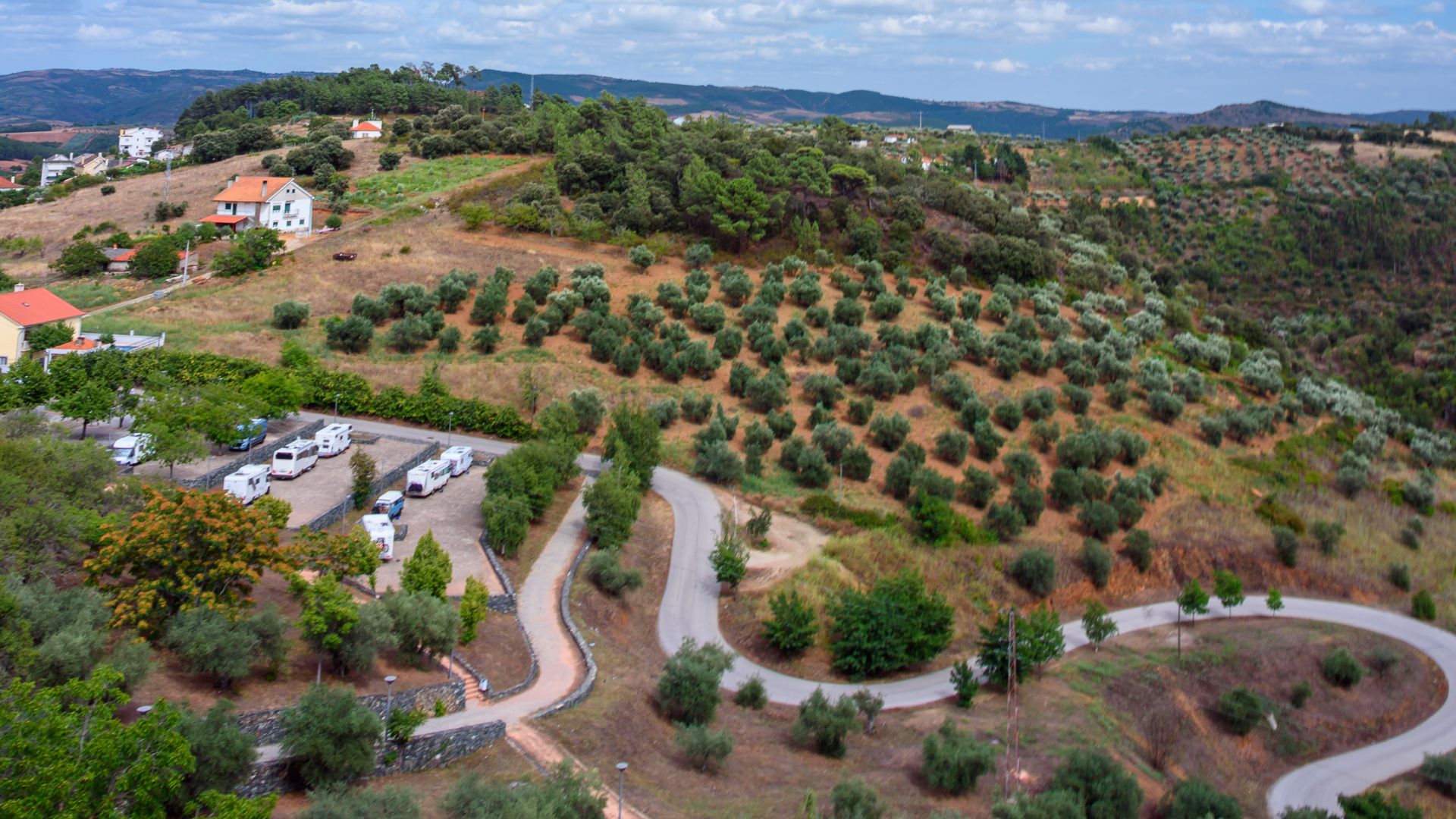
Birdwatching Paradise: Golden Eagles, Black Storks, and Nesting Birds
Birdwatching in Montesinho is a real treat. I kept my binoculars close and scanned the skies for raptors. The golden eagle rules here—huge, soaring above rocky peaks. Even hearing their calls gave me goosebumps.
Black storks show up near rivers and wetlands. I watched a pair building a nest high in a tree, their wings flashing in the sun. Smaller birds nest everywhere, from woodpeckers to azure-winged magpies.
If you’re into birding, check out river valleys, meadows, and forest edges. Spring is best—migratory birds arrive, and the woods fill with color and song.
Waterfalls, River Beaches, and Deep Valleys
Water is everywhere in Montesinho. The park is laced with clear streams, deep valleys, and waterfalls hidden off the trails. On hot days, I cooled my feet at quiet river beaches, just listening to the water and wind.
Small cascades tumble down mossy rocks, especially after spring rains. Locals pointed me to their favorite swimming spots—easy to reach, but usually empty and peaceful.
Hiking through valleys, I found lush ferns, wildflowers, and sometimes stumbled onto a natural pool or an old stone bridge hidden by trees.
Tradition and Local Life: Exploring Trás-os-Montes’ Villages
The villages of Trás-os-Montes buzz with old customs, slow rhythms, and rich food. Stone houses, wood smoke, and friendly faces welcome anyone curious enough to visit.
Village Life: Rio de Onor, Gimonde, and Moimenta
Crossing into Rio de Onor, I felt like I’d wandered into another world. The village straddles the border with Spain—half Portuguese, half Spanish. People share almost everything, from communal bread ovens to dialects that outsiders barely understand.
Gimonde caught my eye with its stone bridges and the smell of wood smoke drifting from chimneys. Locals make traditional sausages and cheese using old family recipes.
Moimenta, quieter and a bit off the path, surprised me. I watched elders weaving baskets on their doorsteps and listened to stories about “terra fria transmontana,” the tough winters that shape life here. Each village offers a kind of hospitality that makes you slow down, relax, and really soak in the moment.
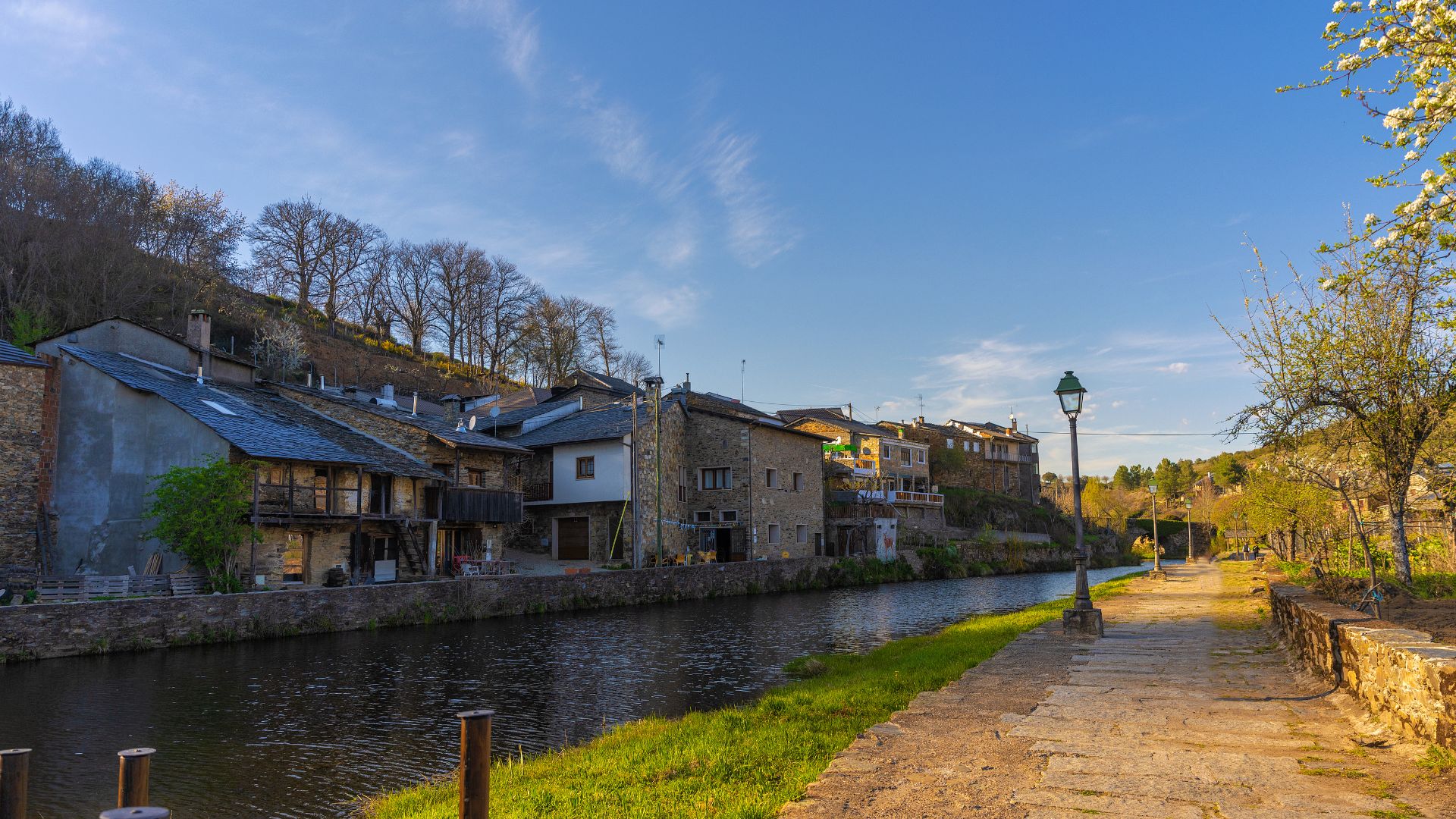
Cultural Encounters and Local Heritage
Local festivals really wake up these stone villages—there’s music, folk dancing, and food you’ll crave long after you leave. I planned my trip around a fair in Gimonde, where kids carried bread in embroidered baskets and elders wrapped themselves in traditional shawls to fight off the lingering chill.
Transmontano heritage pops up everywhere. You’ll spot it in craft markets with hand-woven blankets, and in the way neighbors gather over roasted chestnuts or jars of farm honey. Even the language stands out; in Rio de Onor, I heard a rare dialect that’s still alive and kicking.
If you get the chance, check out the family-run taverns. They serve posta—a thick, grilled beef steak—alongside potatoes and a glass of local wine. This kind of honest, rustic food, made from what’s grown nearby, really brings people together and keeps the spirit of Trás-os-Montes alive.
Historic Mills and Castro de Avelãs
Old watermills line the streams all over the region. In Moimenta and Gimonde, a few mills still grind maize or rye flour just like they did centuries ago. I watched a miller feed golden kernels through worn wooden chutes, his hands moving with a kind of quiet confidence.
Head a little further south and you’ll find Castro de Avelãs—another piece of history. The old Benedictine monastery here is a hidden gem, with its red brick and Romanesque arches. As I walked around the village, I felt the weight of the past—every stone, every mill, every quiet field seems to hold stories of patience and community.
If you’re into history, these mills and monastic ruins give you a peaceful, hands-on way to connect with the cultural heritage of “terra fria transmontana.”
Magical Nights Under the Montesinho Sky
Montesinho Park changes completely at night. The rural landscape slows down, and there’s a different kind of magic—darkness brings out a side of nature most travelers never see.
Stargazing Experiences and Nighttime Wonders
I didn’t expect the night skies in Montesinho to be so clear and bright. Far from city lights, the stars just multiply. On cloudless nights, I could easily spot the Milky Way stretching overhead.
Stargazing Tips:
- Best spots: Open meadows near the village of Montesinho or hilltops above Aveleda gave me wide, open views.
- When to go: The darkest skies show up between late spring and early autumn, especially when the moon is new.
- What to bring: I brought a blanket and used a simple stargazing app—made finding constellations a lot more fun.
I kept my camera close, hoping for a shooting star. The night air felt cool and fresh—perfect for just sitting back and soaking up the calm.
Listening for Wolves and Other Wildlife After Dark
Montesinho Park is home to Iberian wolves, and even if I didn’t spot them, I could sense their presence. I’d sit outside at night, listening for distant howls from the hills.
Most nights, I only heard the soft rustle of leaves or an owl calling nearby. Still, knowing that wolves, deer, and wild boar wander these woods after dark made every little sound feel special.
Wildlife Tips:
- Be quiet: I tried to stay still and let nature come to me.
- Safety: I always kept a safe distance—never went toward animal sounds or left food out.
The nighttime chorus in Montesinho reminded me that wildlife thrives here, hidden just out of sight but never really far away.
Travel Essentials: Where to Stay, Eat, and What to Do
Every corner of Montesinho Natural Park surprised me—old stone houses to sleep in, farm-fresh food at every meal, and so many ways to enjoy the wild rivers and peaceful woods. Village life and slow travel really set the pace here.
Accommodation Options: Rustic and Cozy Stays
I found the park’s charm in its variety of places to stay. Montesinho’s villages, like Vilarinho and Bragança, have guesthouses tucked inside centuries-old granite buildings. Some had wood stoves and thick wool blankets—just right after a cold hike or a night walk under the stars.
I tried a turismo rural in Vinhais, which honestly felt more like staying with locals than in a hotel. If you want a bit more comfort, you’ll find family-run hotels near the park’s edge—some even pour local port wine by the fire. I met travelers who rented an Airbnb cottage and woke up to chestnut forests and hills rolling toward Spain. There are also a few campsites near the Baceiro River if you’re on a budget or just want to sleep under the open sky.
| Accommodation Type | Locations | Special Touches |
|---|---|---|
| Guesthouses | Bragança, Vilarinho | Historic, homey, cozy |
| Rural Hotels | Vinhais, outskirts | Local wine, comfy beds |
| Airbnb/Cottages | Park villages | Self-catering, nature views |
| Campsites | Baceiro River, hills | Stargazing, riverside spots |

Local Cuisine and Where to Dine
Eating in Trás-os-Montes means hearty, flavorful meals. Most towns, especially Vinhais, are famous for smoked sausages and traditional cured meats.
I had roasted goat with potatoes and a glass of Douro Valley red—simple, but the kind of food that makes you slow down and really taste it.
Family-run taverns, especially those by the river or tucked into Bragança’s side streets, serve chouriça, alheira, and local trout pulled fresh from the streams. For dessert, folar bread and a glass of sweet port wine always hit the spot.
Here are my favorite spots:
- Adega do Pombal: Friendly, busy, and a local favorite.
- Vinhais market kitchens: Try the chourição if you see it on the menu.
- Bragança village bistros: Small, packed with flavor, and full of families.

Other Nature Experiences: Fishing, Canoeing, and Vinhais Biological Park
When I wasn’t hiking wolf trails, I wandered along the region’s wild rivers and through quiet woods. The Baceiro River runs calm and clear—honestly, it’s just right for canoeing in spring and early summer.
I ended up joining a few locals who were casting their rods. Turns out, trout fishing is a big deal here, especially in the areas just outside Vinhais.
On sunny afternoons, you’ll spot canoe rental shacks popping up along the riverbanks. If you’re not into water stuff, the Vinhais Biological Park really deserves a visit.
I got to see deer, Iberian wolves, and even some native birds up close. The park does a great job showing how local rewilding works.
For a change of pace, you might want to squeeze in a stop at the Abade de Baçal Museum in Bragança. Or maybe just take a scenic drive toward the Spanish border.
Every path, field, and village road seemed to promise a new adventure—or sometimes just a quiet moment with nothing but the wind and birds for company.

